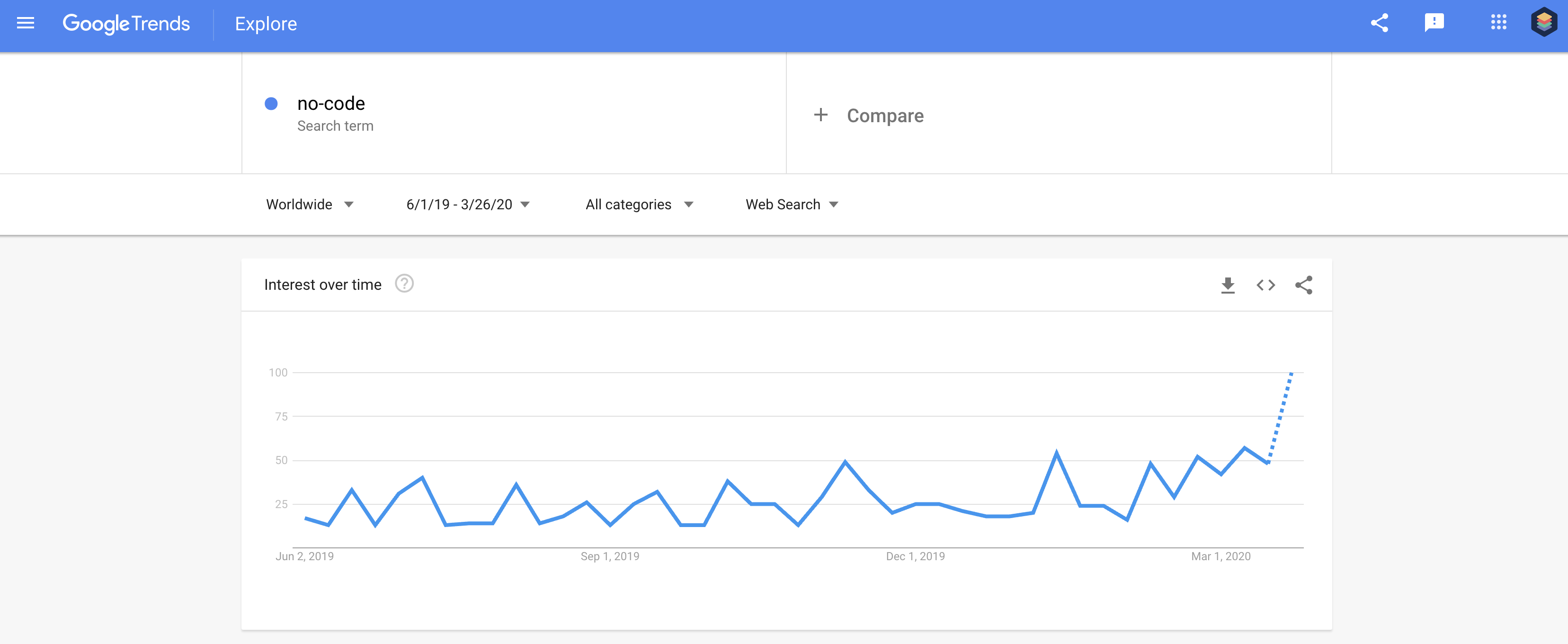A Comprehensive Guide to Applying Scalable Databases Without the Requirement for Coding Competence
In the modern landscape of information monitoring, the ability to apply scalable data sources without coding know-how is becoming progressively vital for organizations of all dimensions. This guide intends to brighten the process, concentrating on straightforward tools and user-friendly user interfaces that demystify data source configuration. By checking out essential attributes, reliable methods for implementation, and best practices for ongoing monitoring, we will deal with exactly how even non-technical individuals can confidently browse this complicated surface. What are the critical components that can absolutely encourage these users to take advantage of scalable databases efficiently? The solutions might redefine your approach to data monitoring.
Understanding Scalable Databases
In the world of modern-day information monitoring, scalable databases have actually become an important solution for companies seeking to handle boosting volumes of information effectively. These data sources are made to accommodate growth by permitting the smooth addition of resources, whether via horizontal scaling (including a lot more makers) or vertical scaling (updating existing makers) This versatility is necessary in today's busy digital landscape, where information is created at an unprecedented rate.
Scalable databases normally utilize dispersed designs, which enable information to be spread across numerous nodes. This circulation not only enhances efficiency but also provides redundancy, making sure information accessibility also in case of hardware failures. Scalability can be a critical factor for various applications, consisting of ecommerce platforms, social networks networks, and large data analytics, where individual need can vary considerably.
Furthermore, scalable databases typically include robust information uniformity designs that stabilize efficiency and integrity. Organizations has to consider their certain requirements, such as read and write rates, information integrity, and fault resistance when selecting a scalable data source service. Ultimately, comprehending the underlying principles of scalable databases is important for services aiming to grow in a significantly data-driven world.
Secret Attributes to Try To Find
When reviewing scalable databases, numerous key attributes are vital to guaranteeing ideal efficiency and dependability. First and leading, take into consideration the style of the database. A distributed design can improve scalability by allowing data to be saved across numerous nodes, promoting seamless data access and handling as demand increases.
An additional critical attribute is information partitioning, which enables effective administration of large datasets by dividing them right into smaller, much more workable items (no-code). This technique not only enhances efficiency yet also streamlines resource appropriation
Additionally, seek robust replication capacities. This attribute makes certain information redundancy and high schedule, minimizing downtime during upkeep or unexpected failures.
Efficiency tracking tools are additionally necessary, as they offer real-time insights right into system health and wellness and functional effectiveness, permitting prompt adjustments to maintain ideal performance.
User-Friendly Database Tools
Simplicity is a crucial aspect in the style of straightforward database devices, as it improves access for individuals with differing degrees of technological experience. no-code. These tools prioritize instinctive user interfaces, enabling individuals to create, take care of, and inquiry databases without requiring comprehensive programs knowledge
Trick features usually consist of drag-and-drop functionality, visual information modeling, and pre-built templates that improve the arrangement procedure. Such devices commonly use guided tutorials or onboarding processes that assist in individual engagement and lower the learning curve. Additionally, smooth combination with preferred data resources and services makes certain that individuals can quickly import and export data, further simplifying procedures.

Additionally, robust support and community resources, such as online forums and documents, boost the user experience by giving aid when required. Overall, user-friendly data source devices encourage companies to harness the power of scalable data sources, making information management available to every person involved.
Step-by-Step Implementation Guide
Exactly how can companies properly execute scalable data sources to fulfill their growing data demands? The process starts with recognizing details information requirements, including the quantity, range, and velocity of information that will certainly be processed. Next, organizations ought to assess user-friendly database devices that provide scalability features, such as cloud-based options or handled database solutions.
As soon as the appropriate tool look at this site is selected, the next step involves setting up the data source atmosphere. This includes setting up instances, defining individual permissions, and establishing information structures that straighten with organization objectives. Organizations should then migrate existing data into the brand-new system, making certain data honesty and marginal disturbance to procedures.
Post-migration, performing thorough screening is vital; this includes efficiency testing under various lots problems to make sure the system can handle future development - no-code. Furthermore, it is necessary to train staff on the database management user interface to assist in seamless usage
Best Practices for Monitoring
Effective management of scalable data see here sources requires a critical strategy that prioritizes continuous monitoring and optimization. To accomplish this, organizations ought to execute robust monitoring tools that supply real-time understandings into database performance metrics, such as query response times, resource utilization, and deal throughput. Consistently evaluating these metrics can assist recognize traffic jams and areas for renovation.

Normal back-ups and catastrophe healing plans are necessary to safeguard information integrity and availability. Establishing a regular for evaluating these backups will guarantee a trusted healing procedure in situation of an unforeseen failure.
In addition, performance tuning need to be i thought about this a continual process. Changing indexing techniques, optimizing queries, and scaling resourcesâEUR" whether vertically or horizontallyâEUR" will help maintain optimum efficiency as usage demands advance.
Lastly, cultivating a society of knowledge sharing among employee will enable constant discovering and adaptation, ensuring that the monitoring of scalable data sources remains reliable and efficient with time.
Verdict
Finally, the application of scalable data sources can be effectively accomplished without coding proficiency with the usage of easy to use devices and instinctive user interfaces. By sticking to the laid out techniques for setup, data migration, and efficiency screening, individuals can browse the complexities of data source monitoring with ease. Emphasizing ideal practices for ongoing upkeep and partnership more enhances the ability to manage scalable data sources efficiently in a quickly developing data-driven atmosphere.
In the modern landscape of information management, the ability to execute scalable data sources without coding experience is ending up being increasingly essential for companies of all sizes.In the world of modern data monitoring, scalable data sources have emerged as an essential service for organizations seeking to take care of increasing quantities of details efficiently.Additionally, scalable databases usually feature durable information consistency designs that balance performance and reliability.Just how can companies effectively carry out scalable databases to meet their expanding information needs? Next, organizations must examine easy to use database tools that offer scalability attributes, such as cloud-based remedies or handled database solutions.